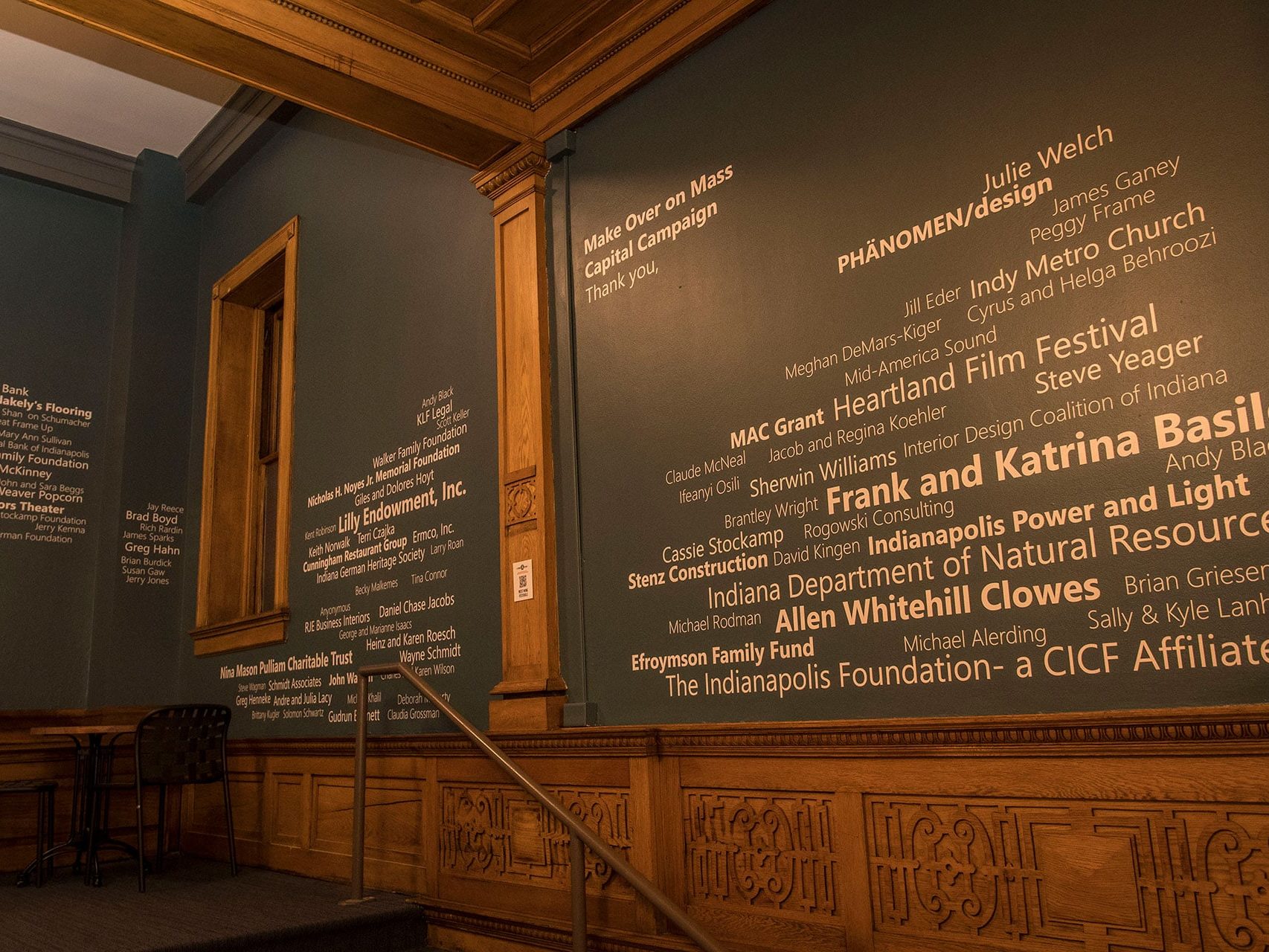Standing the test of time.
The Athenaeum is an excellent example of Germanic architectural influence in the Midwest during the latter part of the 19th century. It is also a monument to the fortitude of Americans of German descent in the United States who dedicated themselves to cultural and physical development in their new country.
The Indianapolis firm of Vonnegut and Bohn was responsible for both phases of the structure. The entire building is in the German Renaissance Revival style — a popular style in Germany during the Second Reich (1871-1918). It revived the architecture of Renaissance Germany during the 16th and 17th centuries.
The Athenaeum is listed three times in the National Register of Historic Places: (1) for architecture and historical significance; (2) as part of the Massachusetts Avenue Commercial District; and (3) within the Lockerbie Square Historic District, specifically for the location and historical theme of the Germantown area.
















